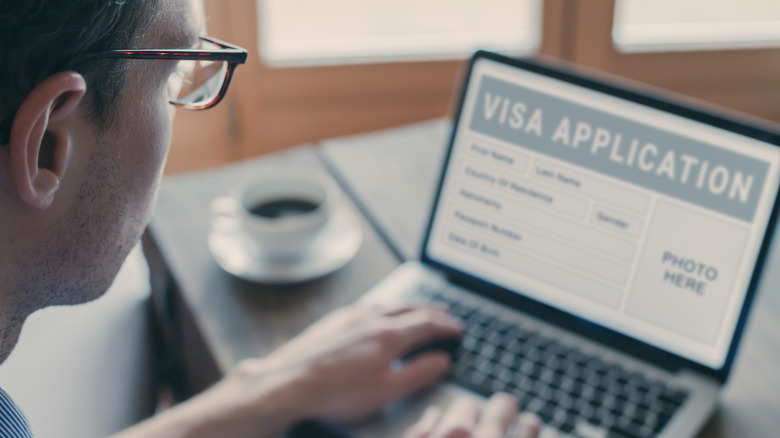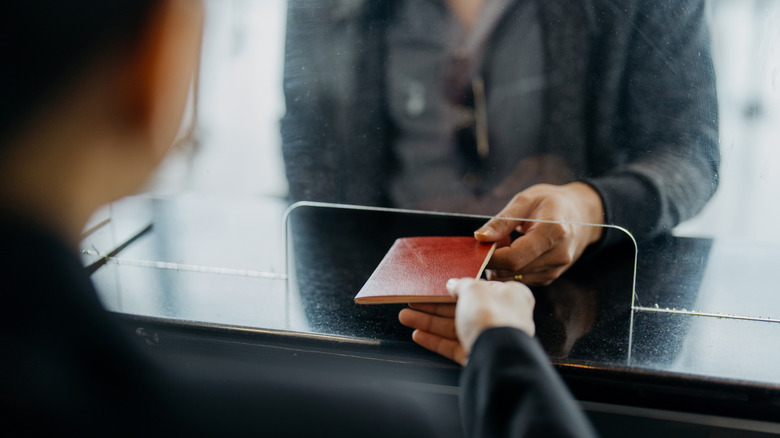The US Announced A New Visa Bond Pilot Program (Here's What You Need To Know)
It may soon get even more expensive for those looking to travel to the U.S., as the State Department has announced a visa bond pilot program that could require visitors to pay up to a $15,000 bond. The one-year test program is set to begin on August 20, 2025 and run through August 5, 2026. This means that people applying for a B-1 or B-2 visa — which covers business and tourism visits — could be asked to pay the bond upon visa approval during this period.
It's currently unclear exactly which countries would be impacted, but in its announcement on the Federal Registrar, the State Department notes the program will focus on those with "high visa overstay rates, where screening and vetting information is deemed deficient." It will not apply to non-immigrant visas for citizens of Mexico and Canada, or those in the Visa Waiver Program. The department also notes it will announce the impacted countries on Travel.State.Gov prior to the pilot program taking effect.
The intention of this pilot program is described by the department as "a tool of diplomacy, intended to encourage foreign governments to take immediate action to reduce the overstay rates of their nationals when traveling to the United States for temporary visits, and to encourage countries to improve screening and vetting and the security of travel and civil documents, including in the granting of citizenship."
What this means for you
If you're applying for a B-1 or B-2 visa under the pilot program, you could be asked to pay a refundable bond. The bond serves as a kind of security deposit that will be given back if you leave the country within the allotted time and follow any other rules attached to the visa. But if you overstay the visa or violate its terms, the bond will be forfeited, meaning you can lose that money. The amount of the bond can be $5,000, $10,000, or $15,000, depending on the case — with $10,000 being the proposed set point and going up or down based on an applicant's financial circumstances or stay-risk.
Under the pilot, travelers from impacted countries would still need to fill out the required government form and then pay the bond online through Pay.Gov. Even after they pay, though, visitors may not be granted a full length of stay. Once in the U.S., visa holders may be granted only 30 days, even though most B-1/B-2 visas allow for up to six months. The pilot also comes amid a tightening of U.S. travel rules, including recent travel bans impacting multiple regions and a new "Visa Integrity Fee" included in Trump's "One Big Beautiful Bill Act" that would require international tourists to pay $250 for visiting the U.S.
If you're impacted by this program, it's important to plan your visit carefully. Make sure you budget for the bond and understand the extra steps in your visa application. Following the visa rules and leaving on time could save you a lot of money — and legal headaches. Also, remember that travel insurance typically will not help if you get detained at the border. So over the next year, keep an eye on how these changes play out, and get ahead of any challenges by planning carefully.

